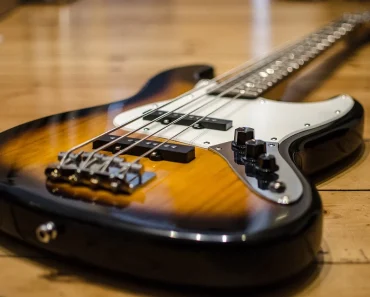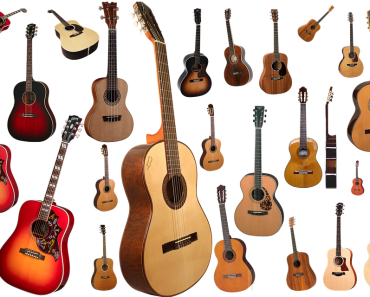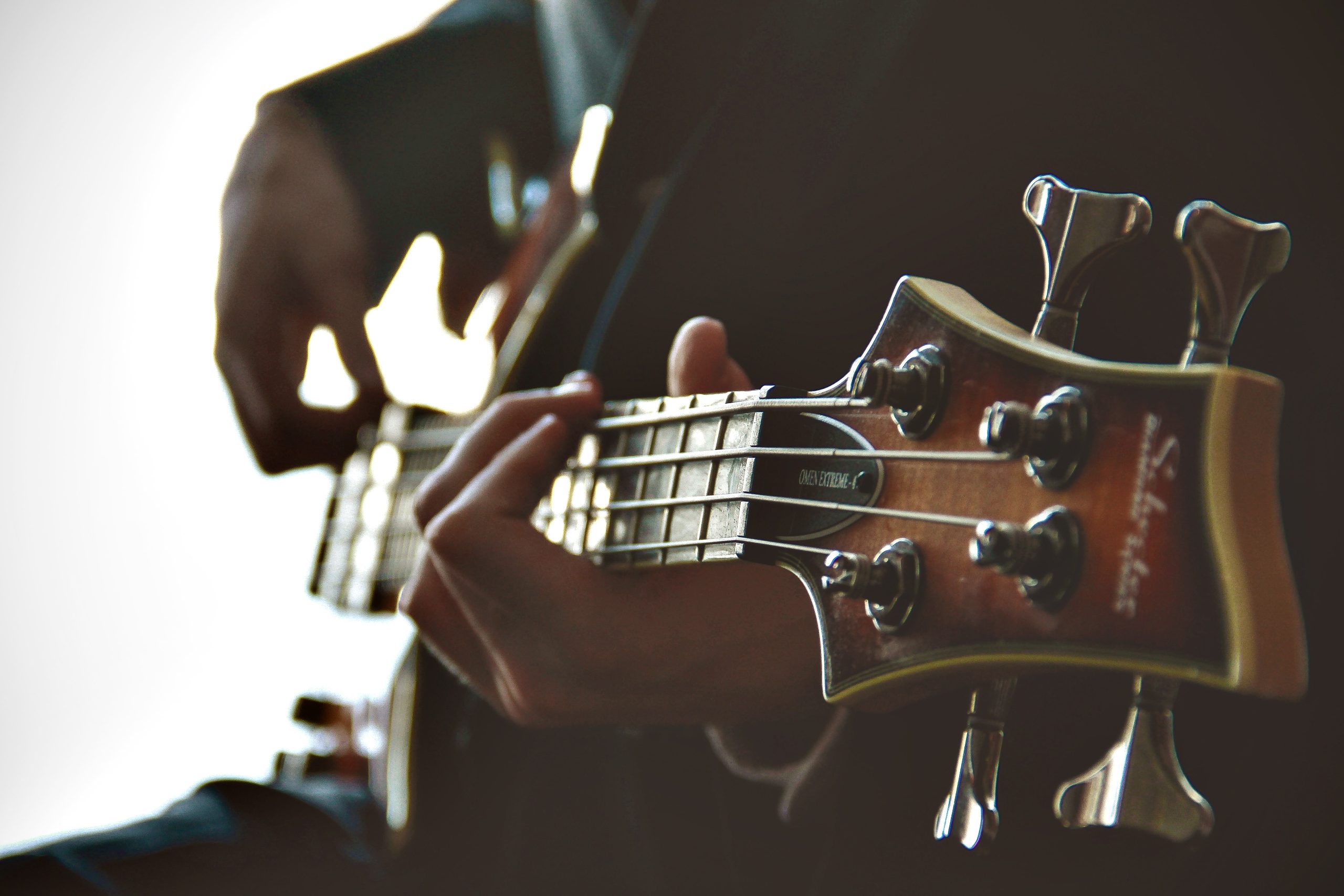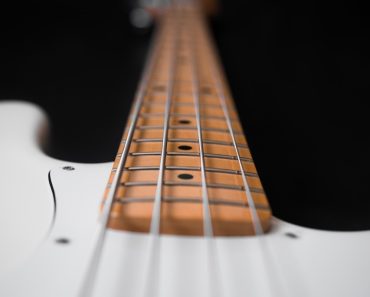Is there anything more magical than the sound of a stylish stringed-instrument?
When considering the composition of a stringed instrument, it is impossible not to take into account the breadth and variety of the family. String instruments are found in cultures all around the globe in a myriad of forms.
Taking the luthiers namesake, the lute from european history preceded the violins and guitars of today that now provide a bedrock of acoustic and electric guitar riffs that pervade almost all corners of modern western music industry. Taking these instruments apart there are several components common to each.
Let’s break them down no.
The basics
There are three basic components to any stringed instrument, the headstock, the neck, and the body.
The headstock carries the tuning pegs that allow the instrument to be tuned by adjusting the tension of the strings.
The neck carries the fretboard or fingerboard and holds the strings taut over it.
Finally. the body is the hollow chamber over which the strings are held, amplifying the sound while adding its own tonal qualities.
While the construction may appear simple, mastering the basics can be extremely beneficial for children, with the development experts at Mindset Mastery noting “not only does music improve social skills, with classes and lessons a great place to meet others, but the valuable skills of problem solving, goal setting and patience bode well for development.”
Taking a closer look.
Connecting the strings to the headstock are tuning pegs, gearlike mechanisms screwed into the wood that hold strings taut while allowing them to be readily tuned. Also known as machine heads or tuners, they vary in material and design depending on their purpose.
At the junction between the headstock and the fretboard is the nut, a piece of hard material ranging from ivory to synthetic compositions that holds the strings the correct width from each other and the correct height over the neck.
Many string instruments have thin lengths of wire inlaid on the fingerboard called frets. A precise practice, frets are painstakingly spaced and heighted. Their material and thickness can also vary depending on purpose. Some stringed instruments forgo frets altogether.
Given the pressure enacted upon the neck to hold the strings taut, many guitars also have a truss rod; a length of metal embedded within the neck for structural support. The truss rod can also be manipulated to straighten or curve the neck as desired.
The body of the instrument often houses a sound hole. These can vary in size and shape, most commonly an O or F shape, and are positioned under the strings to allow the air within to act as a reverberation chamber.
For certain string instruments, a soundpost sits within the body, connecting the front plate and back plate. This is a dowel made of wood or metal that supports the instrument and transfers vibrations evenly.
Sitting below the sound hole is the bridge keeping the strings alined and in position, similar in role and material to the nut . Additionally, the bridge helps convey the vibrations to the top of the instrument and into the body.
Finally the strings connect to a saddle across from the tuning pegs that anchor the strings to the body.
How it works.
A taut string vibrates when it is strung, plucked, or bowed but will eventually fall still again. It is this vibration that we hear, transferred through the instrument and into the air before coming into contact with our ears. Regardless of the string instrument, there are several things that can influence the sound that we hear.
To make a higher pitched sound, the string needs to vibrate faster. This is done by increasing the tension of the string, decreasing the mass of the string, or shortening the length of the string. To create a lower pitched sound the inverse is done to make the string vibrate slower; decreasing tension by making the string heavier or longer.
This basic principle can be seen at work in any acoustic guitar. The tuner pegs allow us to adjust a strings tension. The six different strings are each a different size, allowing a variety in pitch and the fretboard allows us to manipulate pitch by changing the length of the vibrating string.
According to wedding celebrant Darran Moran, stringed instruments are still the number one request for wedding music, noting “there is nothing quite as romantic or enticing as the soft sounds of a stringed instrument. Whether indoors or outdoors, couples turn to stringed sounds for the way it adds charm and character to every occasion.”
How components can affect sound.
When considering string instruments such as the guitar there are some clear examples of how components and their quality can affect the sound they produce. Nylon vs Steel strings is one of these examples for acoustic guitars, with nylon strings being notably mellower due to softer, more flexible material while stiffer steel strings produce a crisp, bright tone.
According to celebrant Jay Flood, who’s got a background in music and entertainment, “other components that can affect sound include the shape of the sound hole (most commonly a round or f shaped hole), the materials of the nut and bridge and the size/shape of the body. However, many decisions are also purely a matter of preference such as the thickness of the fretwire you choose, the material and style of inlay and the rosette around the sound hole.”
Now that you’re up to speed on stringed instruments, the only question left to answer is, are you ready to start playing one?





